Tossing a 500-horsepower hatchback through the air at 85 mph, landing and immediately sliding the car sideways around a turn — narrowly missing trees, boulders and spectators (all on snow and ice) — is standard fare. Drivers nearly roll their cars or catch a nasty slide at highway speeds and shake it off like they just dodged a shopping cart in a parking lot. Their car control skills are revered by drivers in all other motorsports, including F1. And I, as a humble journalist with an affinity for driving cars fast, am no exception. Professional rally drivers make motorsport look easy.
So when the opportunity to attend the Team O’Neil Rally School in New Hampshire for a four-day class came up, it revved the internal engine. New England had just received a few feet of powder and was feeling temperatures well below zero. I’d attended a racing school before, learning car control and driving dynamics, but that was on nice, dry, grip-laden asphalt. The icy New England winter took car control to the next level. I was ready for a schooling.
Rally Terms for the Uninitiated
Scandinavian Flick (Pendulum Turn): A maneuver in which the driver uses aggressive side-to-side weight transfers going into a corner to intentionally create oversteer. When executed properly the resulting drift helps the car get around a corner more quickly on loose surfaces and, as a byproduct, makes the driver look absolutely heroic.
Pacenotes: The list of shorthand descriptions of all of the corners, crests and obstacles the co-driver reads to the driver during a rally. Drivers need to understand these notes while barreling through a forest at highway speeds, so each team has custom abbreviations, which turn into another language all its own. The faster drivers can process notes, the better chance they have of staying on the road and out of a ditch.
Special Stage: Stages marked by closed stretches of public or private roads — ranging from a few miles to more than 20 — that are converted for a rally. It’s not uncommon for special stages to include stints through towns or farmlands where local wildlife has a history of ruining a racer’s day.
Leg: A group of Special Stages that teams will tackle consecutively — i.e., there are no breaks to service the car, regardless of the damage picked up along the way.
Yump: Simply “jump”, pronounced by Scandinavian drivers in broken English.
Crest: The highest point of a hill and a place that blocks the driver’s line of sight. This is where a co-driver’s pace notes come in handy, because crests often lead into blind turns or the aforementioned “yumps”. The better a driver knows what’s coming after a crest, the better he can adjust his driving for when the car goes light at the top.
Throttle Steer: In a rear-wheel-drive car, a driver can intentionally spin the rear wheels to induce a drift and rotate the car. The driver dictates the amount that the car rotates by modulating the throttle through the turn.
Studs: Studs are small metal spikes that are embedded in the tread of the tire to increase grip on ice and snow.
Rebound: Rebound is the speed at which a compressed shock returns to its original position. Fine tuning the rebound rate of a rally car’s suspension is critical to keeping maximum traction on bumpy roads. If the rebound rate is too slow, the wheel can lose contact with the ground and the car can bounce off the road.
Day One: Before you set foot near a car, there’s classroom time. A few rows of seats and tables accompanied the instructor and a white board. Since I was about to get into a car and drive it as fast as I dared in the snow, I was all ears. I wanted to keep these cars out of the ditch. The instructor went over the basics: understeer, oversteer, weight transfer and the characteristics of the FWD Ford Fiesta. He also touched on left-foot braking — a technique of applying braking (with your left foot) while simultaneously applying the throttle (with your right). Do it right, and you get a “poor man’s traction control,” and LFB can help modulate weight transfer, correct for understeer and induce oversteer, and if timed right it can change the direction of a slide.
On paper, whipping these matchbox-sized cars around a snowy field seemed simple. That overconfidence was my first mistake. I entered a modified Ford Fiesta, set to rip the track apart. Holding the throttle steady and modulating the brake with my left foot, I tried to navigate through the cones. First, the revs shot up and the wheels spun, then I locked the wheels up and the front washed out wide. I added more steering input, making matters worse. If eight-year-olds could take driver’s tests, this is what it’d look like. I’d been served a hot slice of humble pie.
The revs shot up and the wheels spun, then I locked the wheels up and the front washed out wide.
That afternoon, I started getting a feel for the Fiesta, finding when the power comes on, where the brakes bite and — with detailed instruction and corrections from my instructor, Chris Rennie — I was developing a decent rhythm. After a few runs back and forth through the course, I started to gain confidence in my ability. I picked up the pace with each successive run. All was going well until I came into the slalom too hot and demolished a cone, a small bit of rubbery carnage. But collateral cone damage is all part of the learning process at Team O’Neil — there’s the hope that you’ll find your limits by passing them, going to 110 percent, dialing back to 90 percent and then slowly building back to 100 percent.
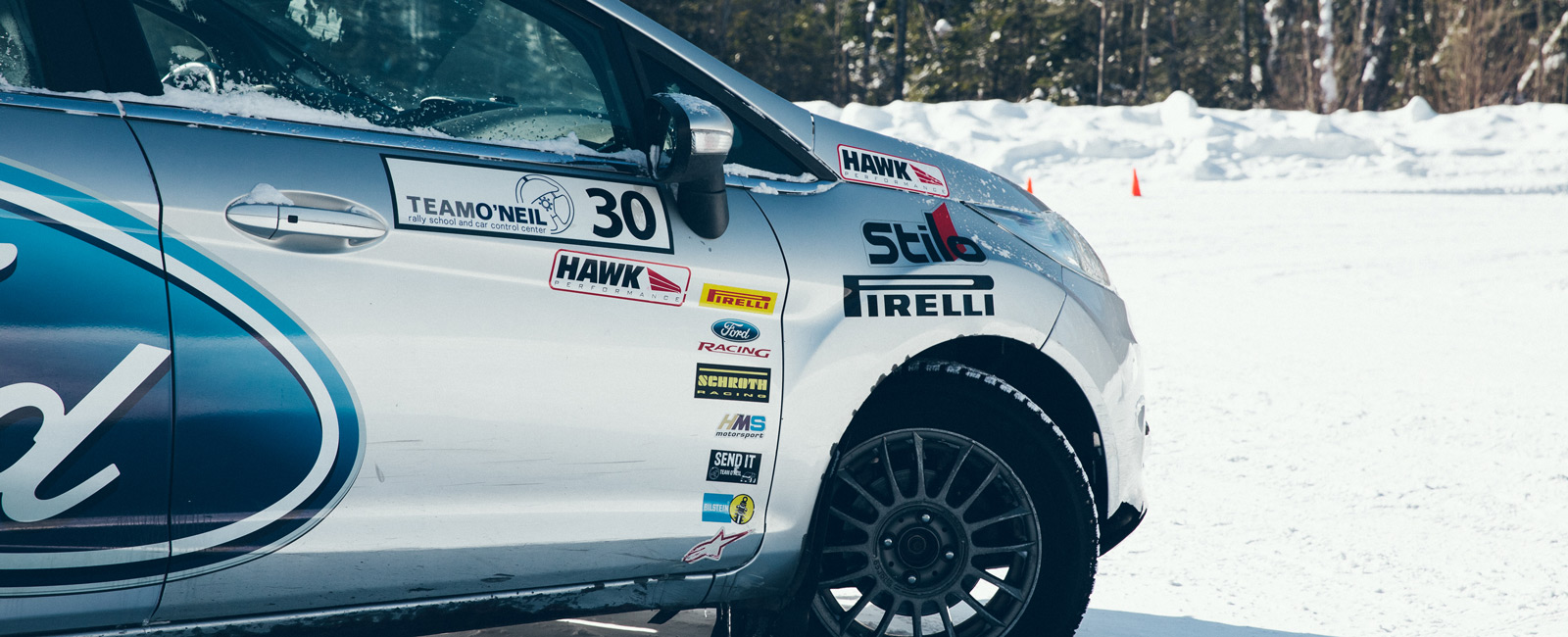
Day Two: I took the tenacity of the pint-sized Fiesta to a new assembly of cones arranged for a slalom with fast, medium and slow corners. At first, the course dynamic threw me, but I made quick work of familiarizing myself, and soon I had the Fiesta wired. I adjusted throttle inputs and LFB on the fly, and the new skills started to take root. As soon as I approached some sort of preliminary comfort zone, Team O’Neil plucked me from the Fiesta and sent me forth into foreign territory: the AWD Audi 4000CS Quattro.
Classroom time allowed for a briefing on the similarities and differences of FWD and AWD, then I headed back out to the course. Allan Moody, my new instructor for the afternoon, a driver with more than 10 years’ instructor experience and over 17 rallies under his belt, ran a demonstration lap. He nailed the throttle, threaded through the slalom course and let the tail out when he wanted to, making it look easy.
I crushed the accelerator to the floor, the winter tires gripped and we took off.
We pulled over and switched seats. I stepped down over the roll cage and slid into the tight bucket seat. The interior was stripped bare, and I strapped in to a race seat with a four-point harness. Although this Audi 4000CS wouldn’t win any rally stages, it was the closest thing to a real rally car I had ever sat in. I crushed the accelerator to the floor, the winter tires gripped and we took off. My first mistake with AWD was leaning on the gas to get the back to come around — it nearly sent me into a snowbank. On an AWD car, the brake gets the back end to step out and, depending on when you give it gas, the front will understeer and correct the oversteer, thus straightening the car out when exiting a turn. This balance is delicate, and one that I frequently upset with my novice touch. Manipulating these inputs, getting the car to do what I wanted and running the course quicker after each lap was like grasping a new language for the first time. By end of day, though, all the inputs started to make sense.
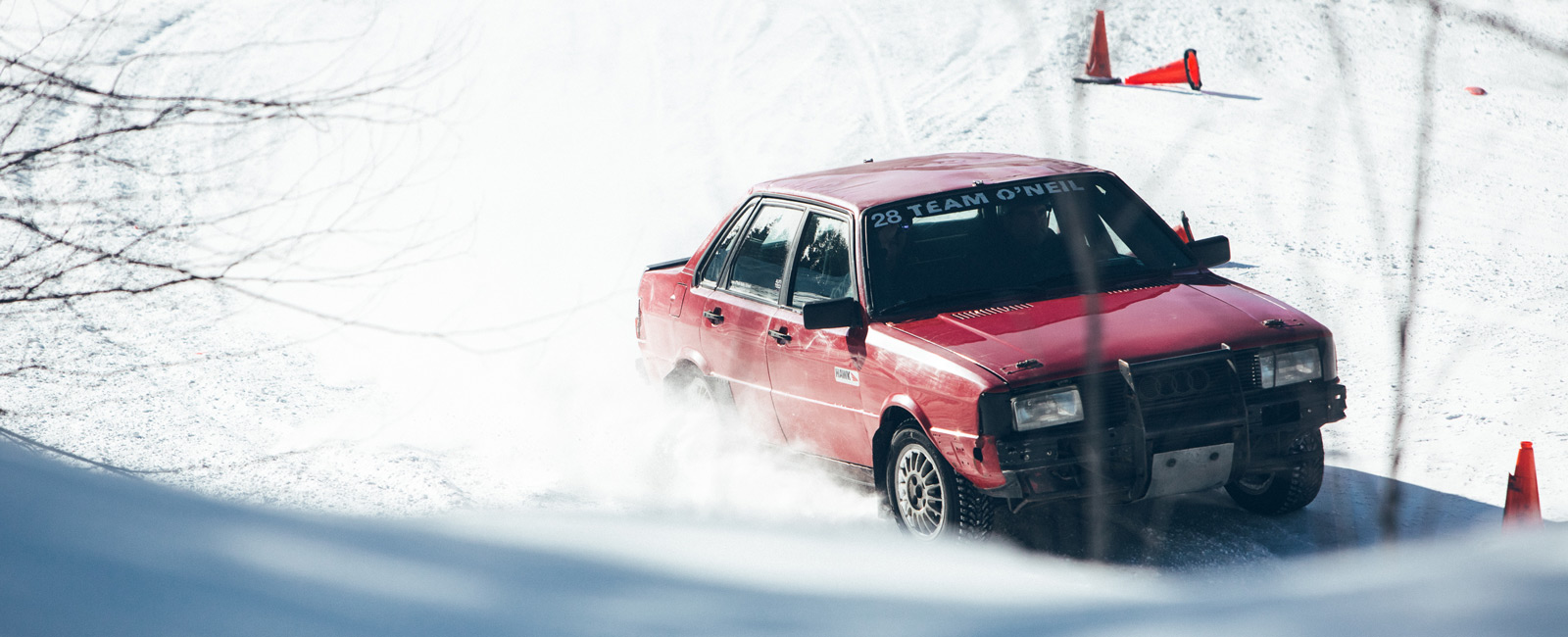
Day Three: Now that I’d gotten comfortable on a coned course, it was time to toss in tougher obstacles. Team O’Neil threw in a road course with elevation change, along with the coned section. Where the coned course used to be demanding, the new, windy roads — closely lined with trees, tractors and other hazards provided a fresh source of stress. I recalled the old racers’ adage: the car goes where your eyes go. When you’re racing at track speed, your body tends to make adjustments and inputs to send you in the direction your eyes are looking. So, if you look up the road at your turn in, apex, then exit, that’s where you’ll go. If you stare at that tree or tractor, guess what?
With a badass burble, the flat-four engine of a Team O’Neil Subaru Impreza fired up. The Impreza is smaller and a couple hundred pounds lighter than the Audi, making it quicker but a bit of a handful in the snow. With the Audi, you could take it by the scruff of the neck and throw it around the course, but the Subaru responds better to a delicate hand.
With the Audi, you could take it by the scruff of the neck and throw it around the course, but the Subaru responds better to a delicate hand.
After some time behind the wheel, I grew accustomed to the Subaru. I stayed on the gas longer, braking later. I felt good. At the far end of the course, the turnaround point consisted of a hill, a crest, then a dip, and then a left-handed U-turn uphill. Coming out of the slalom section heading up the hill at 30 to 40 mph, I stayed on the accelerator until the car went light at the crest. I flicked the car right and by the time I tried to swing it back around to continue the Scandinavian flick, the snowbank grabbed my front right tire and started pulling me in. I’d lost control. The car went deeper and deeper into the bank, while the trees got closer and closer. Then the car lurched to an abrupt stop. I stared down the hood at an evergreen, sitting only an inch away from the front bumper. Snow piled up to my window and back to the passenger door. I reflected, sitting in shame, waiting for the tow truck to pull me free.
Day Four: After getting comfortable, then uncomfortable, then comfortable again with AWD, the fourth and final day provided a drift-happy E30 BMW 325i for some RWD rally driving. To get a sense of the way the BMW dives in snow, Allan Moody again primed me with a demonstration lap, this time on the skidpad. The idea was to hold a constant drift and circle the skidpad, all while modulating the throttle and reacting to the drastic grip changes between the snowy surface and the slick ice patches. Again, Moody made it look too easy.
Running the course in the RWD came naturally to me. The BMW had less grip than the Audi, but the pedal inputs gave way to more reasonable reactions from the car — the brake caused understeer and the accelerator caused oversteer. Going through the road course and slalom, the pedals seemed more like fader switches for rotating the car.
Allan sent some criticism my way: “Great correction and control. You’re doing good. Just don’t forget to breathe!”
On one lap, I headed toward a long, sweeping left-hander with the Bimmer’s back end doing its best to loop around. A dab of braking and a flick of the steering wheel brought the car in check, and I headed down the hill towards the shop. I set the car up for a right-hander, and Allan sent some criticism my way: “Great correction and control. You’re doing good. Just don’t forget to breathe!” I don’t remember when I started holding my breath, but at that point I felt I had more important things to focus on than exhaling.
At the fourth day’s end, I wished I didn’t have to leave this winter driving wonderland. Team O’Neil got me hooked, and over the course of four days I had enjoyed a taste of what it takes to drive a rally car fast in terrible conditions. And the skills I picked up won’t be left out on the icy skidpad either. The next time I’m caught on the road in a winter storm, I’ll know exactly how to avoid another rendezvous with a snowbank.
Rural New Hampshire may not be a top-rated winter destination, but toss in a slalom course, a garage full of Fiestas, Quattros and Imprezas, an eager rookie driver and an expert instructor at his side, and there’s more than enough to get the pulse pumping — more than enough to draw me back into the cold, wintery north again next year.
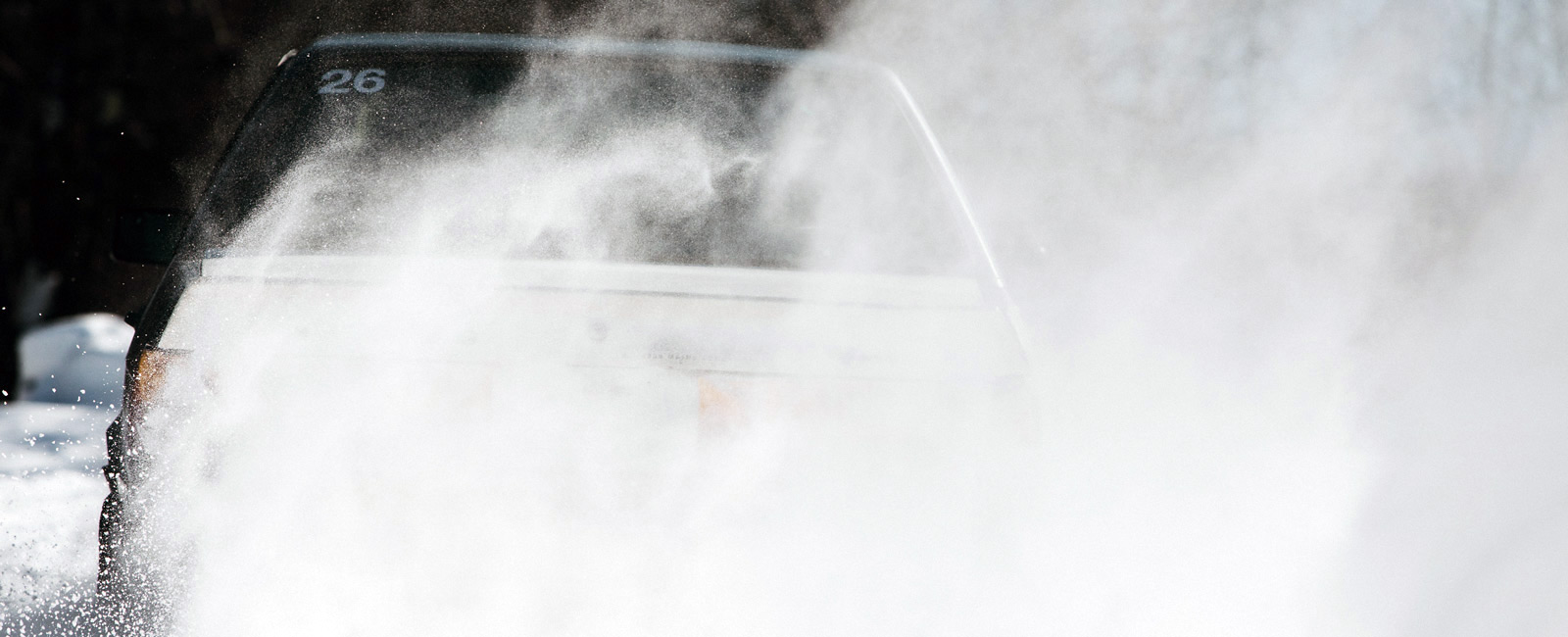
>
>
[Source : http://gearpatrol.com/2015/03/31/team-oneil-rally-school/]
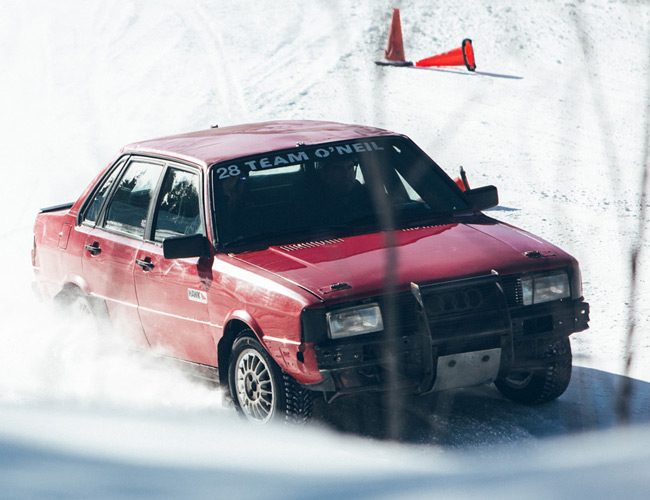
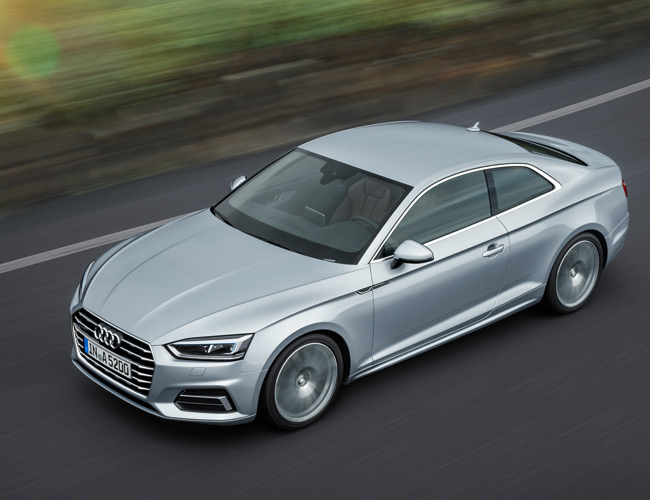

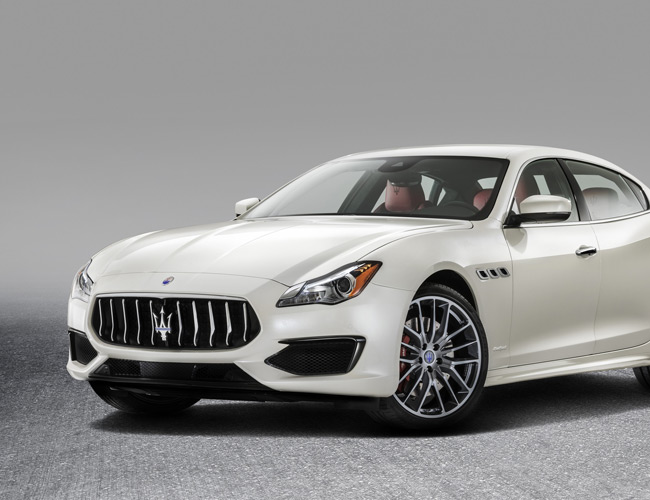
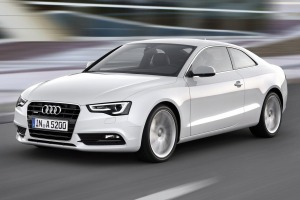
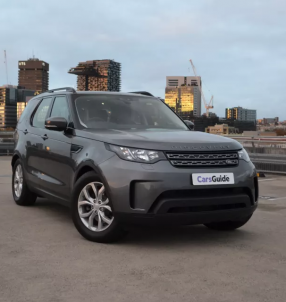
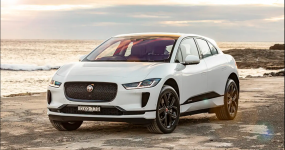
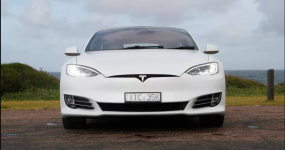
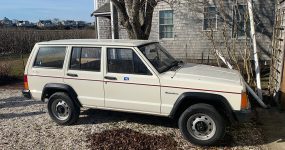
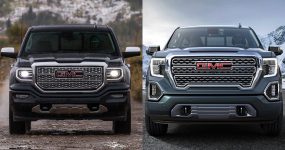
Recent Comments